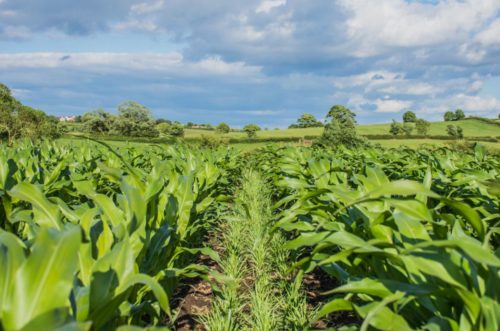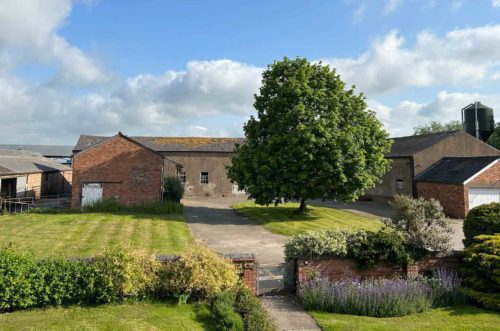Planning policies are often convoluted, and the planning application process is often complex.
Clarity on how a proposed scheme relates to planning policy can be the difference betweenthe granting or refusal of an application.
Selby Rural has a policy – we will only look to submit planning applications that we believe have a chance of being passed. For projects that get past the pre-planning advice stage, we prepare and submitting planning applications to the highest standard in every aspect.
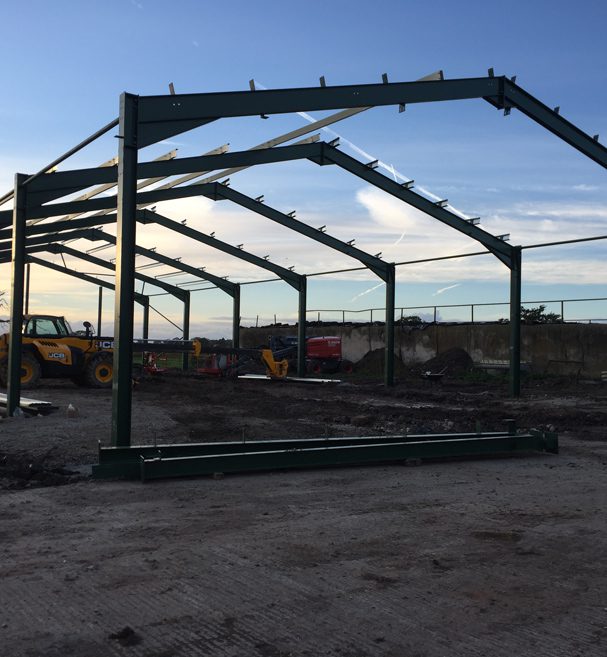
WE SPECIALISE IN AGRICULTURAL SCHEMES
We specialise in development schemes for agricultural purposes, or for change of use from agricultural. This can include buildings for livestock, grain stores, fodder or machinery, slurry lagoons, silage clamps, agricultural workers dwellings, or diversification. For example, the change of use of a field from agricultural to commercial dog walking use. As we specialise in these types of applications, Selby Rural are aware of the planning policy that must be met and how best go about obtaining such planning permission. Ensuring our clients are aware of the process, timescales and costs is at the forefront of our practical advice.
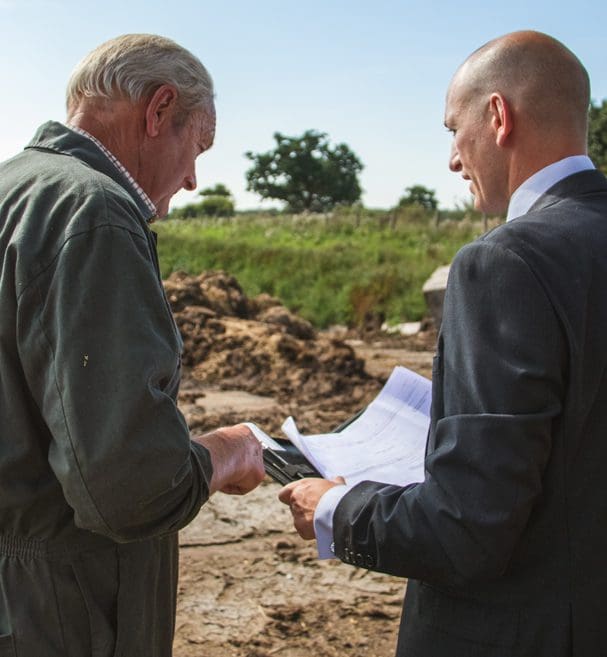
WE UNDERSTAND THE LOCAL AUTHORITIES
Obtaining planning permission is significantly rewarding, especially when you see the development come to fruition. Selby Rural will only submit a planning application that we truly believe will obtain permission. This may mean we seek to modify the proposals in line with what we anticipate the Council will look positively on. This can include reducing the height, moving the location, or in some cases reducing the size of the building. Engaging with the planners from the outset, to get them on side can be incredibly helpful, especially if objections are made and the planners understand the requirement of the proposal.
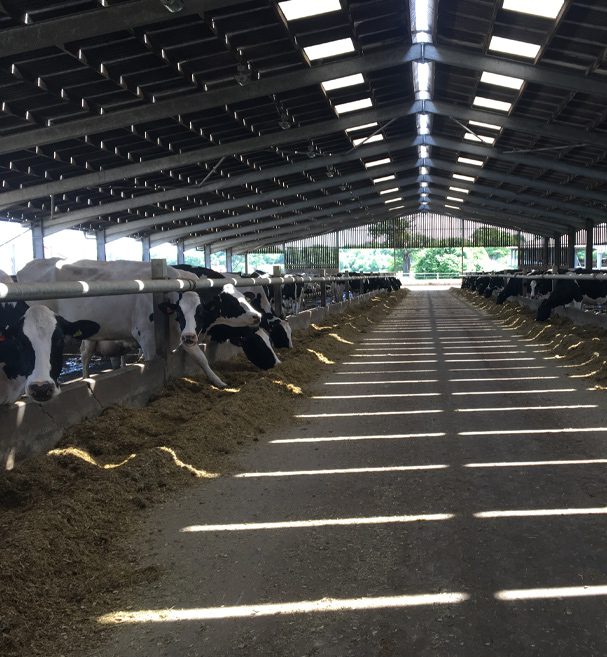
WE LOOK TO THE FUTURE AND PLAN
In certain circumstances farm businesses urgently require a new shed or building. Which Council the farm falls into can determine how long this could take for full planning applications. This excludes schemes which fall under permitted development, which takes 28 days. Selby Rural works closely with clients to establish and work towards longer term objectives. This is especially important on green field sites or where ultimately an additional dwelling will be erected.
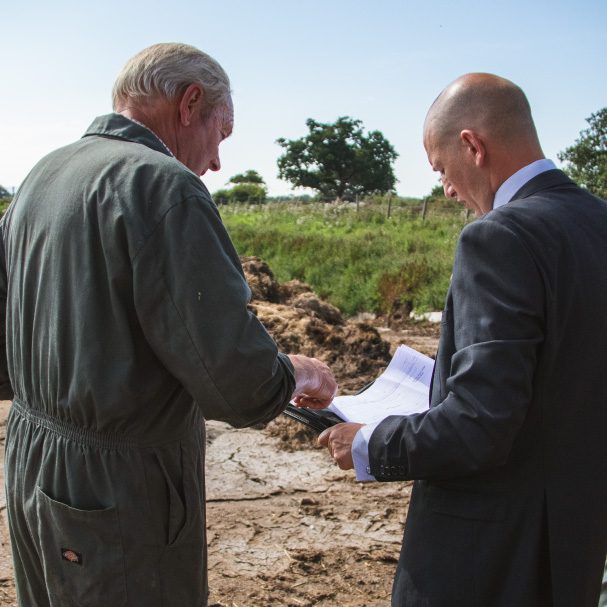
Testimonials
“All round professional and efficient service from Tom – would highly recommend. Look forward to continuing working together”.
Simon Atkin
Tarporley
“Would thoroughly recommend Selby Rural. Tom was very quick to respond to our initial enquiry and swiftly fulfilled our requirements. Very thorough and tenaciously saw the project through to a successful completion.”
Kalvin Devenish
Chester

FREQUENTLY ASKED QUESTIONS
Full planning permission and permitted development are both mechanisms to obtain permission for development that have some important differences.
Full planning permission is a formal process where we submit a planning application to the local planning authority who decides whether to grant or refuse permission based on the local and national planning policy. The application should be determined within eight weeks, however in Cheshire and in many other counties, it is currently taking considerably longer.
Permitted development on the other hand is a set of rules that allows certain types of development without the need for a formal planning application by providing certain information with a determination period of 28 days.
Planning permission for both full and permitted development involves a planning fee with the local council, these are set rates and are the same throughout England. Full planning permission is determined on a price per square meterage basis, whereas permitted development costs £128.
An agricultural building or yard/ track that fits under the following criteria:
- The floor area is no bigger than 10,000 sq. ft (1,000m)
- The maximum height to the ridge is 12m (or 3m if 3 kilometres from an airfield)
- The building is 25m from a classified road
- If housing livestock, the building must be 400m from a 3 rd party dwelling
- The building must be for agricultural purposes
- The applicant must own/ occupy at least 5ha (12 acres)
Our Reviews
View Google Reviews
